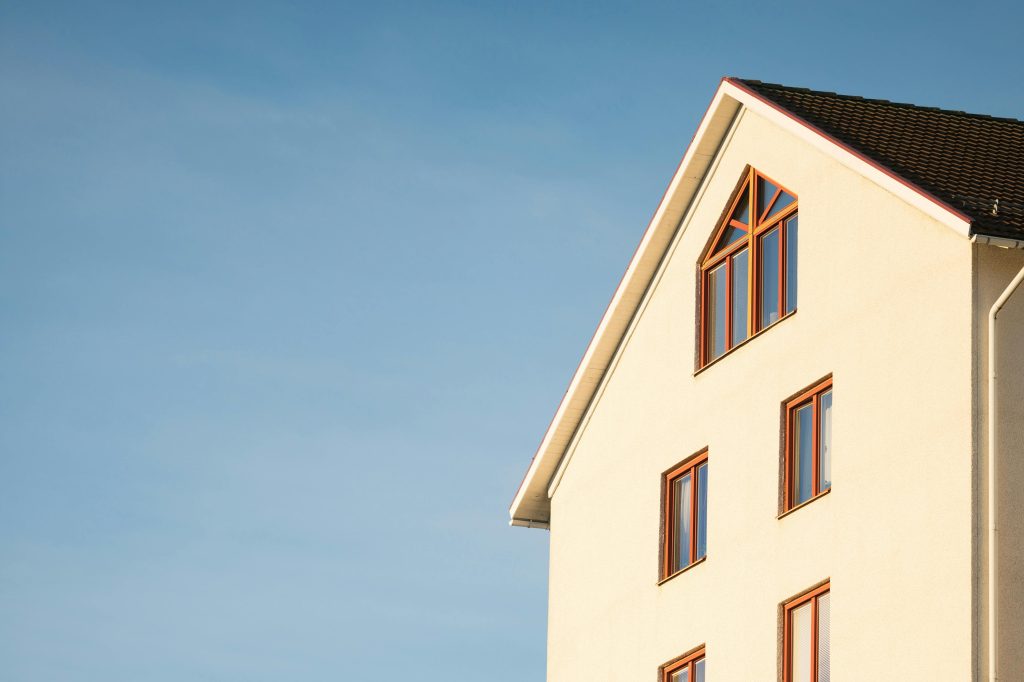The cost of home insurance can vary greatly across the United States due to factors like labor expenses, material costs, natural disasters, and regional risks. Despite your location, homeowners across the nation are facing a common challenge: home insurance premiums have reached unprecedented levels, and the upward trend shows no signs of slowing.
Several contributing factors, including inflation, rising home prices, increased repair costs, and a surge in natural disasters and severe weather events, are pushing premiums higher across the country.
Here’s a guide to finding affordable home insurance in each state, along with insights into what you might expect to pay for coverage.
Home Insurance Rates by State

Home insurance costs fluctuate significantly based on factors like the specifics of your home, coverage levels, and personal circumstances.
Nationally, the average cost of homeowners insurance is $2,377 for a home with $300,000 in dwelling coverage and $3,603 for a home with $500,000 in dwelling coverage
The states with the most expensive home insurance rates are heavily influenced by natural disasters and the rising cost of materials and labor. The top 10 states with the highest average monthly premiums for $300,000 in dwelling coverage are:
- Florida: $916
- Louisiana: $530
- Oklahoma: $454
- Texas: $371
- Mississippi: $359
- Colorado: $339
- Nebraska: $330
- Alabama: $328
- Kansas: $286
- New Mexico: $280
Conversely, the states with the cheapest home insurance rates, where homeowners pay less per month for the same $300,000 in dwelling coverage, include:
- Vermont: $77
- Alaska: $93
- Hawaii: $96
- Nevada: $94
- District of Columbia: $100
- Delaware: $101
- New Hampshire: $102
- Oregon: $103
- New Jersey: $106
- Maine: $110
Changing Home Insurance When Moving States
When you move to a different state, you will need to change your home insurance policy to cover the new home. The laws and risks differ from state to state, and as a result, insurance requirements also vary. Some states might require specific coverages like hurricane insurance in Florida or hail and windstorm coverage in Texas.
Here are some other factors that can affect your home insurance rates:

Home-Related Factors
Here are some crucial home-related factors to consider:
- Age: Older homes tend to cost more to insure due to higher maintenance costs and the potential need for updates.
- Size: Larger homes usually have higher premiums because there’s more space to cover.
- Number of Rooms: More rooms can increase the cost of coverage.
- Condition: Homes in poor condition can lead to higher rates because of a higher likelihood of needing repairs.
- Upgrades: Special features, such as high ceilings or custom finishes, can increase rates.
- Special Features: Homes with fire sprinklers, security systems, or wind-resistant roofs may benefit from reduced premiums.
- Proximity to Safety Services: If your home is near a fire hydrant or fire station, or if the police department is nearby, you could receive a lower rate.

Personalized Policy Factors:
Here are some important personalized policy factors to consider:
- Insurance Policy Type: The type of policy you select affects the rate, as more comprehensive policies are pricier.
- Coverage Limits: The higher your coverage limits, the more your policy will cost.
- Add-ons or Riders: Adding features like hurricane or water damage coverage increases costs.
- Deductible: Opting for a higher deductible can lower your monthly premium but increases out-of-pocket expenses for claims.

Owner-related Factors:
Here are some owner related factors to consider when changing states:
- Age: Some insurers offer discounts to older or retired homeowners.
- Claims History: A history of filing claims can lead to higher premiums.
- Credit History: Insurance companies often use your credit-based insurance score to help determine your rate.
- Discounts: Qualifying for discounts (like bundling home and auto policies) can reduce your premium.
Frequently Asked Questions
Which state has the highest home insurance rates?
Florida has the highest home insurance rates at an average of $10,996 per year for $300,000 in dwelling coverage due to the frequent hurricanes and other risks.
Which state has the cheapest home insurance rates?
Vermont offers the cheapest average home insurance rates, with an annual premium of $918 for $300,000 in dwelling coverage.
What is the national average rate for home insurance?
The national average rate for home insurance is $2,377 annually for $300,000 in dwelling coverage
Does home insurance cover flood damage?
Most home insurance policies do not cover flood damage. Homeowners may need to purchase separate flood insurance if they live in flood-prone areas.
Is home insurance required in my state?
While home insurance isn’t legally required by any state, mortgage lenders usually mandate that homeowners carry sufficient coverage until the loan is paid off.
